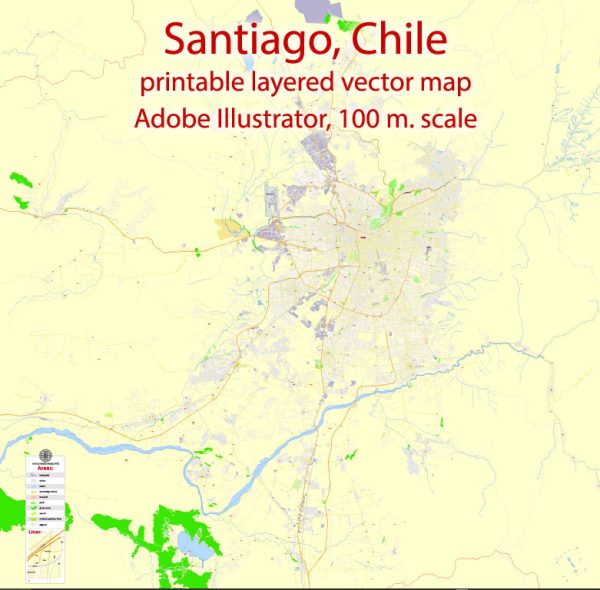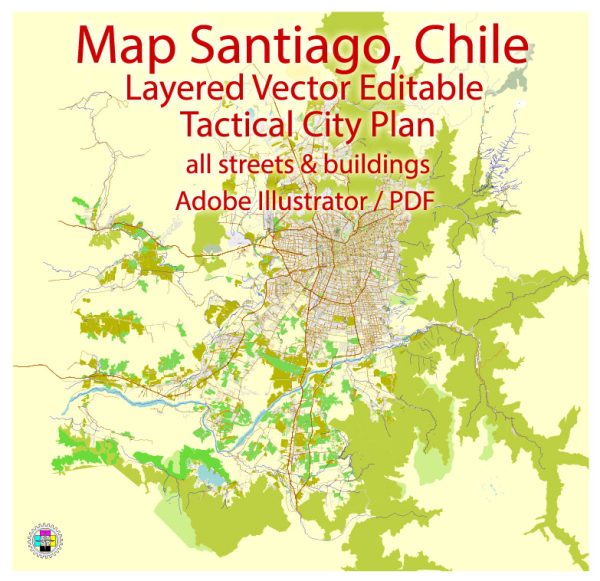Santiago, the capital and largest city of Chile, has a rich history of urban development that spans several centuries. Here is an overview of the key historical phases in Santiago’s urban development:
Pre-Columbian Period:
Before the arrival of the Spanish in the 16th century, the Santiago basin was inhabited by indigenous people, primarily the Picunche tribe. They engaged in agriculture, fishing, and hunting. The area was known as “Hueche Mapu,” meaning “place of abundance.”
Spanish Conquest and Colonial Period (1541-1810):
In 1541, Pedro de Valdivia founded Santiago, making it the capital of the Captaincy General of Chile. The city was strategically located between the coast and the Andes, facilitating trade and communication. The Spanish colonial influence is evident in the layout of the city, characterized by a central plaza (Plaza de Armas) and a grid pattern of streets. The city grew around religious and government institutions, with churches and administrative buildings becoming prominent features.
19th Century and Independence (1810-1880):
Santiago played a crucial role in Chile’s struggle for independence, culminating in the Battle of Maipú in 1818. The 19th century saw the emergence of new architectural styles influenced by European trends, such as neoclassicism and later, eclectic styles. The construction of railways and the opening of the Mapocho River for navigation further contributed to the city’s development.
Economic Growth and Modernization (Late 19th to Early 20th Century):
Santiago experienced significant economic growth in the late 19th and early 20th centuries, driven by mining and agriculture. This period witnessed the construction of grand buildings, parks, and avenues. The Barrio Brasil and Barrio Yungay neighborhoods, for instance, showcase the architectural styles of this era.
Population Growth and Urbanization (Mid-20th Century):
The mid-20th century saw rapid population growth and urbanization in Santiago. The city expanded its infrastructure to accommodate the increasing population, resulting in the development of new residential areas, highways, and public services. The construction of modernist and brutalist buildings also left an imprint on the cityscape.
Late 20th Century to Present:
In recent decades, Santiago has faced challenges related to urban sprawl, air pollution, and social inequality. Efforts have been made to address these issues through urban planning initiatives, the development of public transportation systems like the Santiago Metro, and the creation of green spaces. The city continues to evolve as a vibrant cultural and economic hub.
Notable Landmarks:
- La Moneda Palace: The presidential palace, originally a colonial mint, is a symbol of political power and history.
- Santa Lucía Hill: A historic urban park that offers panoramic views of the city.
- Sky Costanera: The tallest building in Latin America, providing a modern contrast to the historic cityscape.
Santiago’s history of urban development reflects its journey from a Spanish colonial outpost to a dynamic and cosmopolitan metropolis, blending historical charm with modern infrastructure.



 Author: Kirill Shrayber, Ph.D.
Author: Kirill Shrayber, Ph.D.